A wire coil is an electrical conductor with one or more turns designed to produce a magnetic field. This is commonly used to increase the strength of a magnetic field. The more turns of wire on the coil, the stronger the magnetic field will be. The magnetic fields generated by the separate turns of wire will all pass through the center of the coil producing a strong magnetic field.
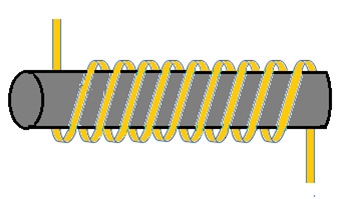
Creating a Magnetic Field Using a Wire Coil
Moving charged particles creates magnetic fields. This was first observed in the early 19th century. During an experiment, it was observed that when an electrical current flowed through a wire, a nearby compass would change directions. When the current was turned off, the compass would go back to its original north/south alignment with the Earth’s magnetic field. So the experiment concluded that electrons moving through a coiled wire creates a magnetic field– something that did not exist when the current was turned off.
Charged particles create magnetic fields only when they are moving. The experiment done in the 19th century showed that a wire carrying an electric current is actually a magnet. Since the electrons all move through the wire in one direction, there is a well-defined magnetic field surrounding the wire. The strength of the magnetic field is proportional to the amount of current flowing through the wire. Increasing the current will increase the strength of the magnetic field. When there is no current flowing through the coil, there will be no magnetic field as well.
The number of loops of the wire also affects magnetic fields. Its strength is directly proportional to the number of wire loops added to the coil. In other words, increasing the wire loops will increase the strength of the magnetic field.
If the current is flowing clockwise around the coil, then that face of the coil will be the South Pole. On the other hand, if the current is flowing counterclockwise around the coil, then that face of the coil will be the North Pole.
Coils of wire that acts like bar magnets with a distinct North and South Pole every time an electrical current passes through the coil is called an electromagnet.

Magnetic fields created with a wire coil
What are Electromagnets?
Electromagnets are magnets whose magnetic field is produced by an electric current. It displays a magnetic attraction to other metallic objects when an electric current is passed through them. We can also control and switch on and off the power of its magnetic attraction.
How to Make an Electromagnet
To create an electromagnet, you will need the following:
- Magnet wire
- An iron nail at least 3 inches long
- Dry cell battery
- Electrical tape
- Wire strippers
- Thumb tacks or paper clips
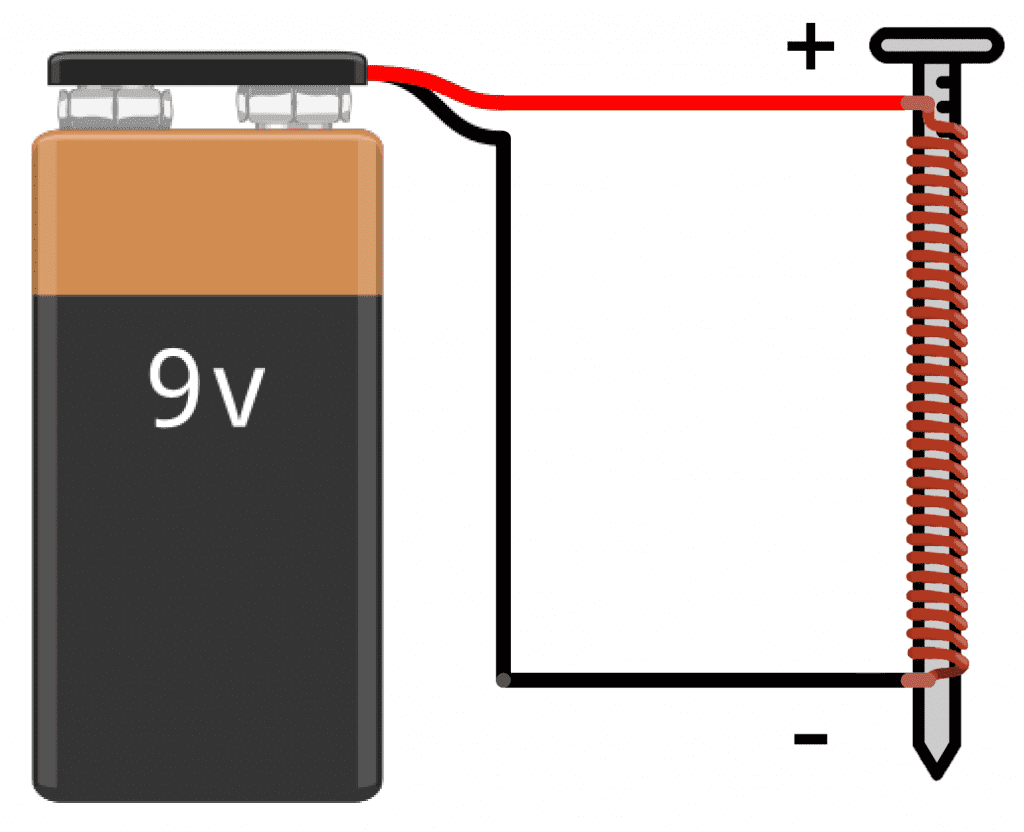
Using the materials above and following the simple diagram, do the following:
- Wrap the magnet wire around the iron nail and leave 3 inches of wire loose at the end. Make sure that the wire wraps tightly leaving no gaps in between.
- After wrapping the entire nail, cut the wire leaving 2-3″ of overhang.
- Using wire strippers, remove the insulation of the magnet wire to expose at least an inch of bare wire. Do this for both ends of the wire.
- Attach one end of the wire to the positive terminal of the battery and the other end to the negative terminal.
- Using electrical tape, wrap both ends of the wire to the terminals of the battery.
- Test the electromagnet by placing the thumbtacks or clips near the nail and observe if the nail attracts them.
In order to produce an electromagnet, you need to allow a closer winding of magnet wire that is composed of fully annealed, electrolytically refined copper.
What is Magnet Wire?
Magnet wire or winding wire is an insulated conductor used for interchanging electrical energy with magnetic energy. Usually, it is coated with copper or aluminum with a thin layer of insulation. It has three types: enameled wire, conductor wire, and the combination of the two. They are commonly used for inductors, motors, potentiometers, electromagnets, and other applications that require tight coils of wire.
Increasing the Magnetic Field Strength with a Ferromagnetic Core Inside a Wire Coil
Ferromagnetic materials are elements that can easily magnetize and are usually made from steel, cobalt, nickel alloys, and soft iron. Ferromagnetic materials respond strongly to magnets. Subjecting these materials into a magnetic circuit will result in a more concentrated and denser magnetic flux which then amplifies the magnetic field caused by the current in the coil.
The magnetic field created by an electron can affect the orientation of the field made by the neighboring electrons producing a “magnetic domain”. This is where all of the electrons have aligned magnetic fields. A magnetic domain is an area within a magnetic material where magnetization is in a uniform direction. This is responsible for the behavior of ferromagnetic materials.
Inducing Voltage and Current with a Moving Magnet and a Stationary Coil
Faraday’s Law of Induction states that a changing magnetic field will induce an electromotive force (emf) in a loop wire. The electromotive force causes electrons to move and form a current. Changing the area of the loop of wire and changing the angle between the loop and the magnetic field can both induce a current. This is because of the property that directly induces emf known as magnetic flux. Magnetic flux is the measure of the total magnetic field that runs through a loop of wire and when this field changes it induces an electromotive force.

We can use a magnet and a coil of wire to generate an electric current. In the illustration above, moving the magnet in and out of the stationary coil of wire will induce a current into the coil and it is due to the physical movement of the magnetic flux. The faster the movement of the magnet, the greater the amount of current produced. When the magnet is stationary, there will be no current in the coil. It is the same with a stationary magnet and a moving coil. If we move the coil of wire back and forth within the stationary magnet, electric current would be induced in the coil.
Thanks for reading! Leave a comment below if you have questions about anything.


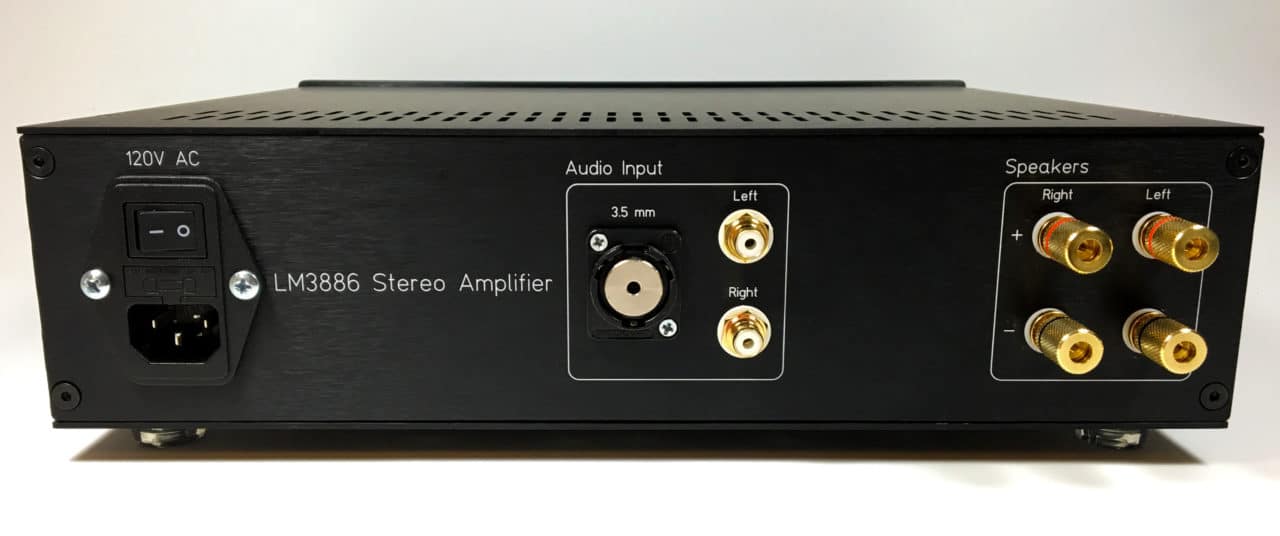
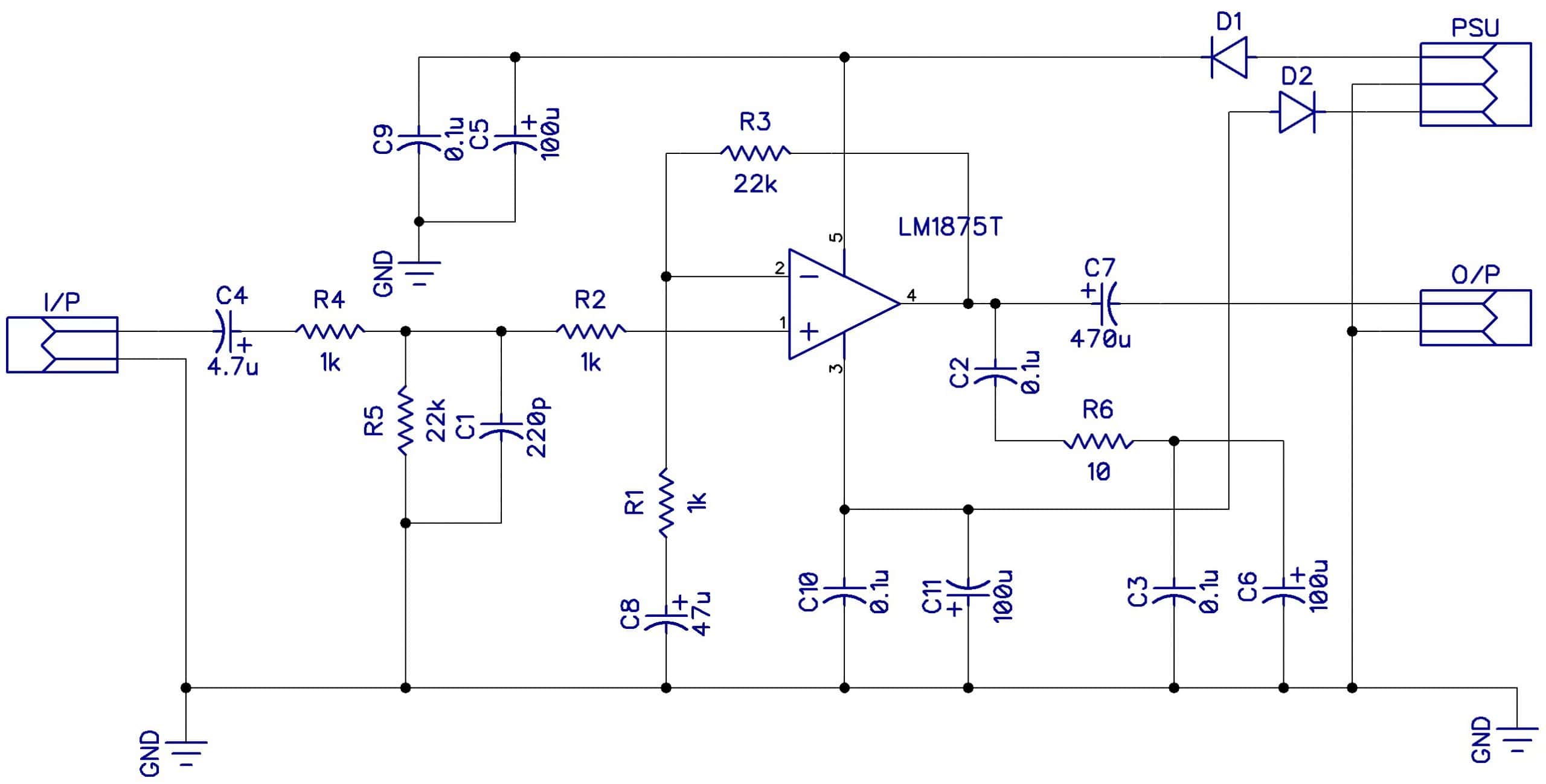
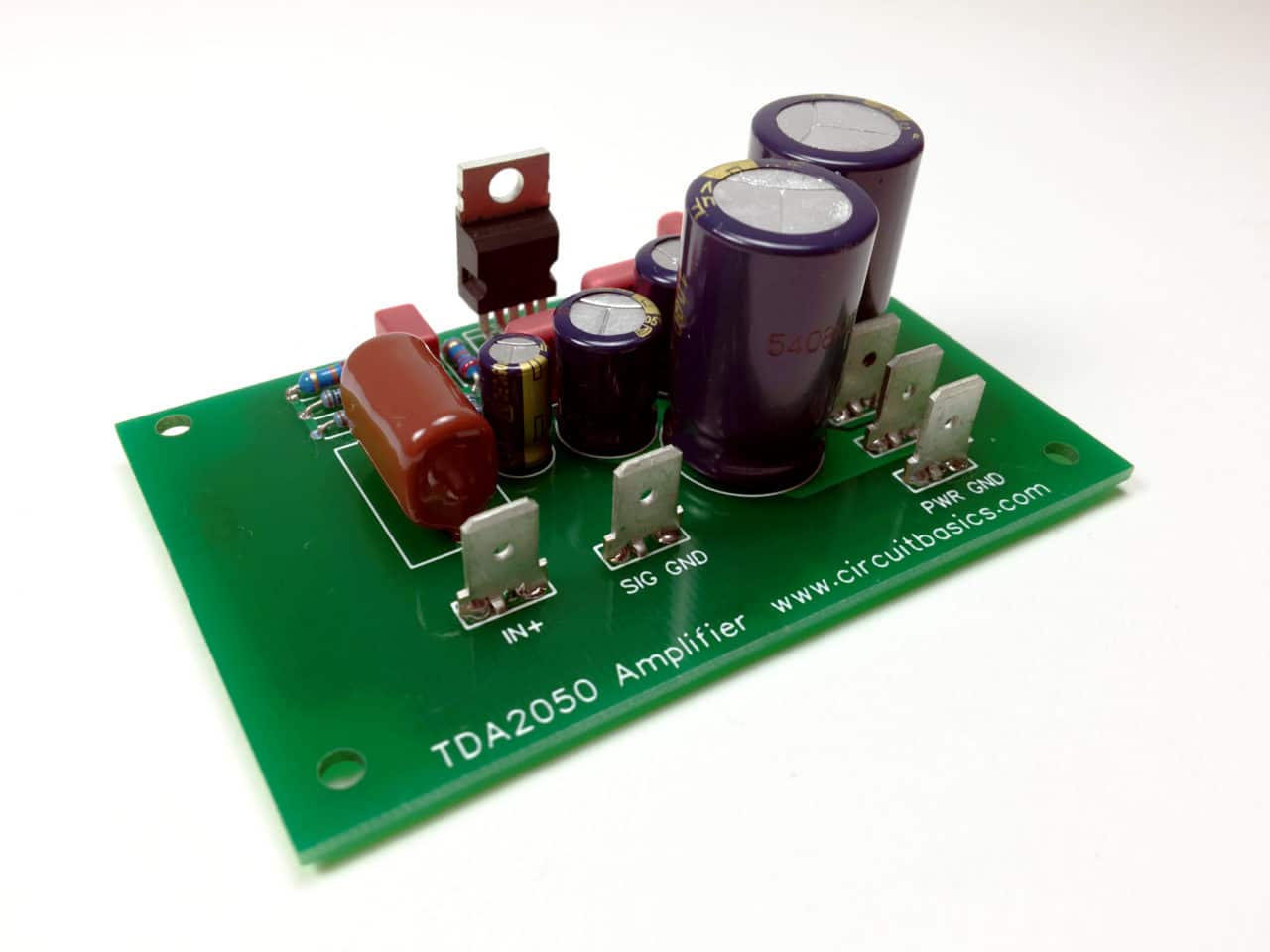
Jenn
Thanks for all the articles. They have proved invaluable to me!